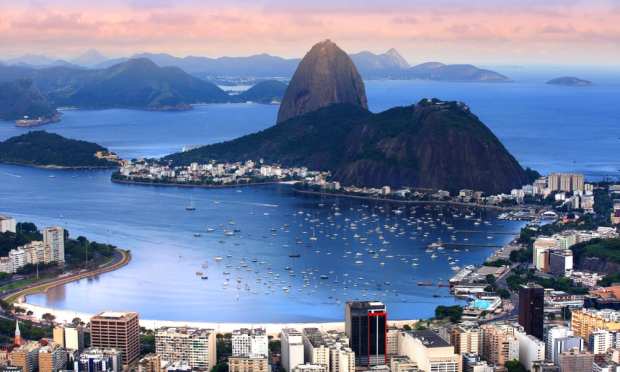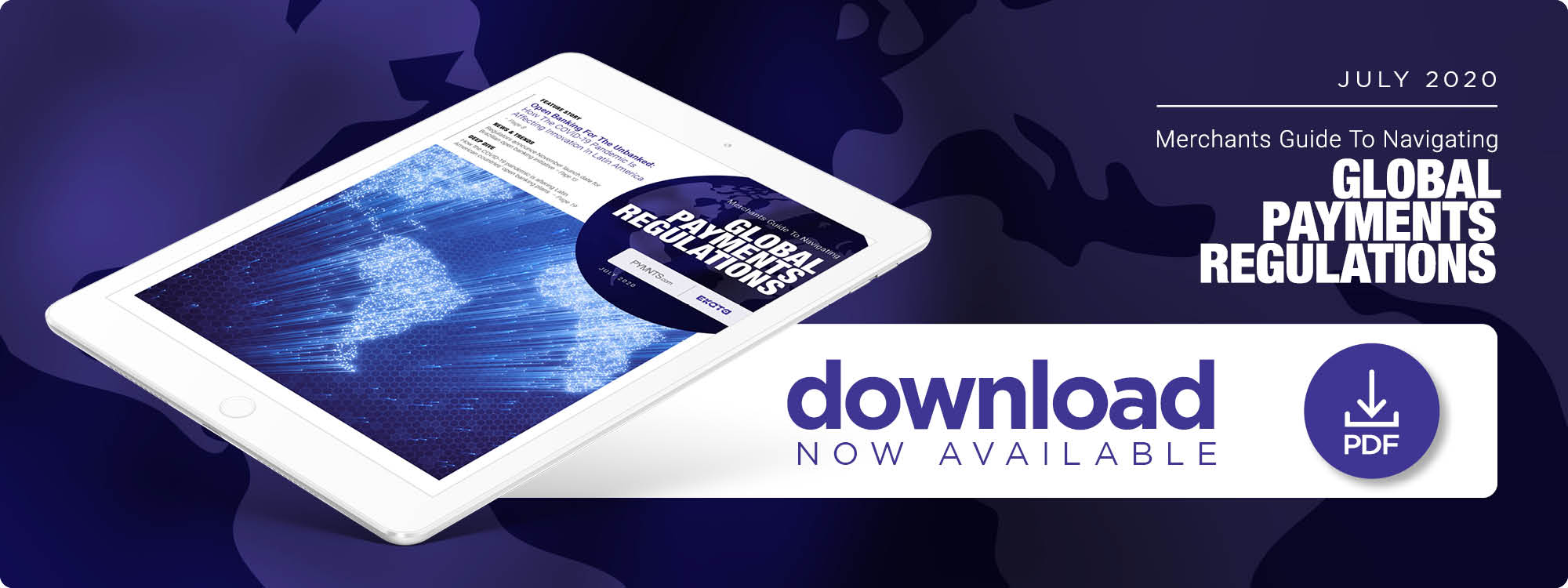Open Banking For The Unbanked: How The Pandemic Is Affecting Innovation In LatAm

With nearly 50 percent of the Latin American population unbanked, there’s a growing appetite for mobile banking services. And the ongoing pandemic is only accelerating this trend, says Paula Arregui, chief operating officer for Mercado Pago. In the latest Merchants Guide To Navigating Global Payment Regulations, Arregui discusses how merchants can best adjust to open-banking rules and tailor their offerings to meet the needs of a mobile-first, unbanked customer base.
Open banking in the Latin American region has expanded for several years, but the regulators and financial authorities underpinning these initiatives have had to quickly adapt to changes brought on by the pandemic.
The forced closure of brick-and-mortar businesses has made many consumers interact with banks and businesses exclusively online to make their daily purchases or transactions.
This could set the stage for wide-ranging changes to how payments occur throughout the region, especially in countries such as Brazil, where digital and mobile channel adoption has continued to expand yet where more than 45 million consumers remain unbanked. The open banking initiatives sprouting in the region aim to address the unique needs of these individuals, who are seeking to transact on eCommerce sites or online marketplaces despite a lack of access to traditional financial services, according to Paula Arregui, chief operating officer for Mercado Pago, the payments unit for Argentinian eCommerce marketplace MercadoLibre.
“Open banking is undoubtedly the new paradigm toward which the most modern societies are advancing,” Arregui said. “However, it is not simply a technology or a regulation. It requires aligning different things, players, interests [and] information. So, in the region there is an inequality in terms of the acceptance and regulation of open banking. There are countries like Mexico and Brazil with clearer regulations that live in increasingly mature ecosystems, and [there are] other countries such as Argentina, Peru or Colombia, whose regulations are still in the perspective phase.”
PYMNTS spoke with Arregui, as well as with João André Pereira, head of the financial system regulation department for Brazilian regulator Banco Central do Brasil, to gain a detailed look into how open banking is progressing in Latin America as businesses and banks look to achieve this necessary balance.
Arregui and Pereira also discussed how the pandemic has spotlighted which digital channels are emerging as the shopping and purchasing methods of choice for consumers and detailed the actions that must be taken to ensure these transactions can occur swiftly, securely and at scale.
Open Banking With the Unbanked
The eventual goal of open banking initiatives in Brazil and other Latin American countries mirrors initiatives active in the EU and other global regions, Pereira explained, and is to make sure that businesses and consumers can seamlessly interact online and share data securely. The pandemic has led to clarity regarding how these initiatives will need to progress to achieve that goal, highlighting the role of devices such as mobile phones for daily financial transactions.
Mobile usage is continuing to expand within Brazil, meaning that many of the country’s residents reach for their phones first when they want to pay bills or make other transactions. Open banking must address this tendency to bank on mobile without tapping traditional bank accounts to fully expand within the region.
“[At] Mercado Pago, we understand and share the need to establish a safe and transparent framework for consumers to boost innovation, development and financial inclusion,” Arregui said. “[This is] especially [true] because excessive or poorly implemented regulation can be an obstacle to the development of any of these subjects. The biggest challenge that affects Latin America is that almost 50 percent of the population does not have access to financial services, and the way to challenge that situation is to allow innovation and inclusion without putting [up] unnecessary obstacles.”
That means regulators must urgently usher the unbanked or underbanked individuals into the wider financial ecosystem as they continue to craft open banking rules. Banco Central recently published guidelines for how it aims to roll out these regulations, a four-stage process over 2020 and 2021. These guidelines address the transfer of financial data and are also designed to make it easier for banks and businesses to reach individuals who previously could not participate in the digital financial industry, Pereira said.
“So here in Brazil as a general rule, institutions have seen open banking not just as a challenge or just another compliance rule, but also as an opportunity,” said Pereira. “[This is] especially [true] during the COVID-19 pandemic, in which the digitalization of financial services [has] gained more importance in order to reduce public [gatherings]. … Our expectations are that open banking will [help] create new business models and reach customers that were previously unassisted, underserved or that expected a better customer experience, including merchants.”
There were 226.3 million mobile subscriptions active in Brazil as of 2019, accounting for 32 percent of such subscriptions in Latin America. This is projected to grow to 243.4 million mobile subscriptions by the end of 2024. Open banking is spreading notably in Brazil and Mexico, but there are still some questions over how the use of alternative or more innovative payments will be handled by regulators, Arregui said. This is an essential question to answer as the pandemic continues to drive increased online tool use.
Mobile and Financial Education
The pandemic has highlighted how crucial it is for regulators and merchants to support payment methods that can be accessed by those who do not have traditional bank accounts, Arregui continued. Mercado Pago is therefore working with the Brazil Emergency Fund to ensure easier availability of funding, and beneficiaries of the fund are able to transfer the money almost instantly to the MercadoLibre platform. These individuals can begin spending funds more swiftly in the marketplace, she added, or pay bills or top up their mobile phone accounts, for example.
The marketplace is also looking to support other types of payments, although offering any new payment technology will require it to work alongside regulators to make sure consumers are fully aware and ready to embrace these methods.
“The main fears or doubts regarding the adoption of any new technology are directly related to a lack of knowledge,” Arregui said. “Promoting financial education is essential not only to make accurate financial decisions, but [to know] the wide range of solutions and how [using] them can improve our living standards. There is of course a cost issue, and in some countries in the region, the use of digital payments is sometimes discouraged directly from shops due to high taxes or the high informality in the economy — also a direct consequence of a poor financial education — that contributes to many people only using cash.”
Making sure Latin Americans not only have access to these financial tools but are familiar with their benefits will therefore be key to the continued expansion of open banking within the region. Creating educational tools to accompany online payments will only grow in importance as more consumers tap into digital channels for their financial needs. Regulators and merchants will need to work diligently to ensure they are developing tools and standards accordingly.

